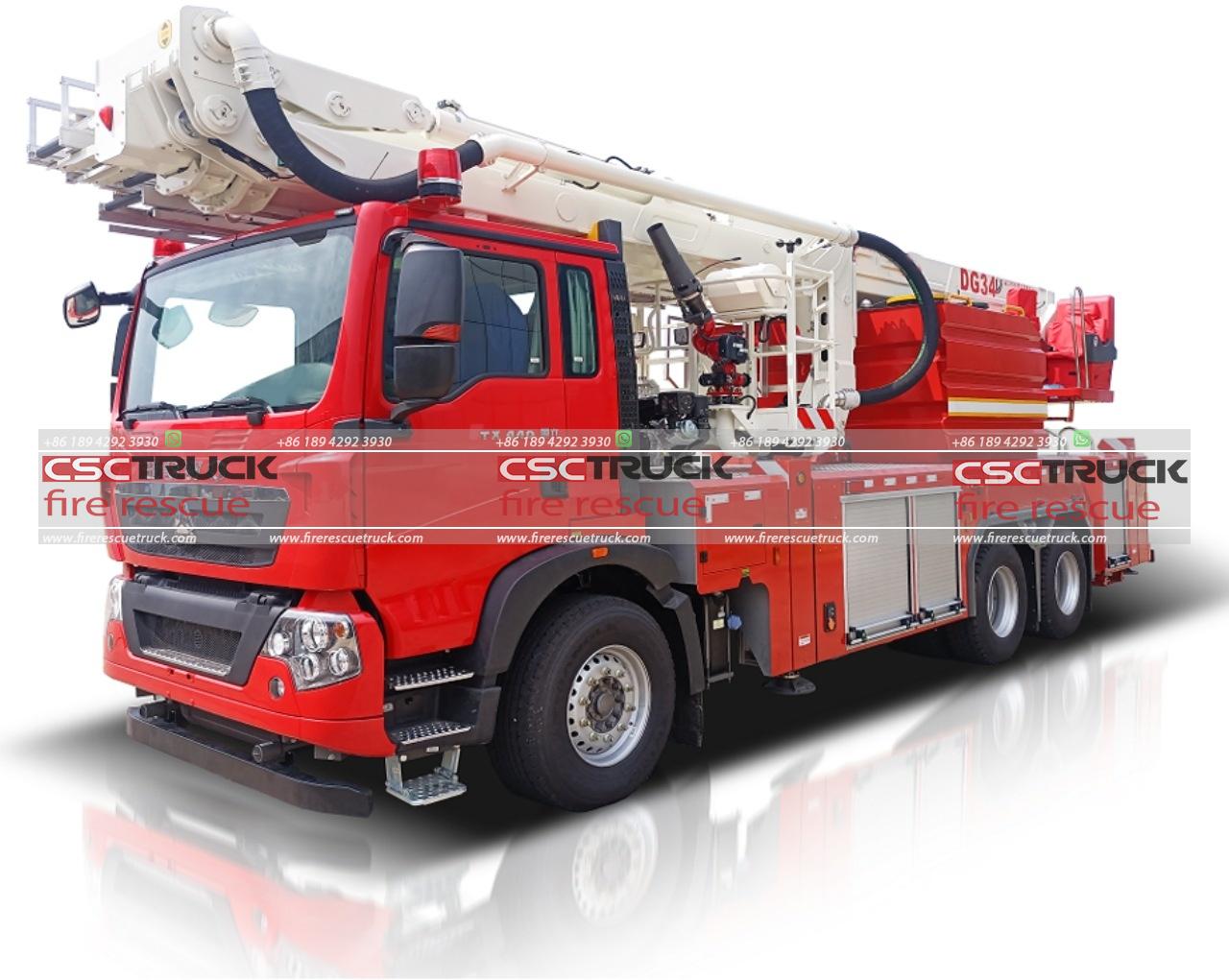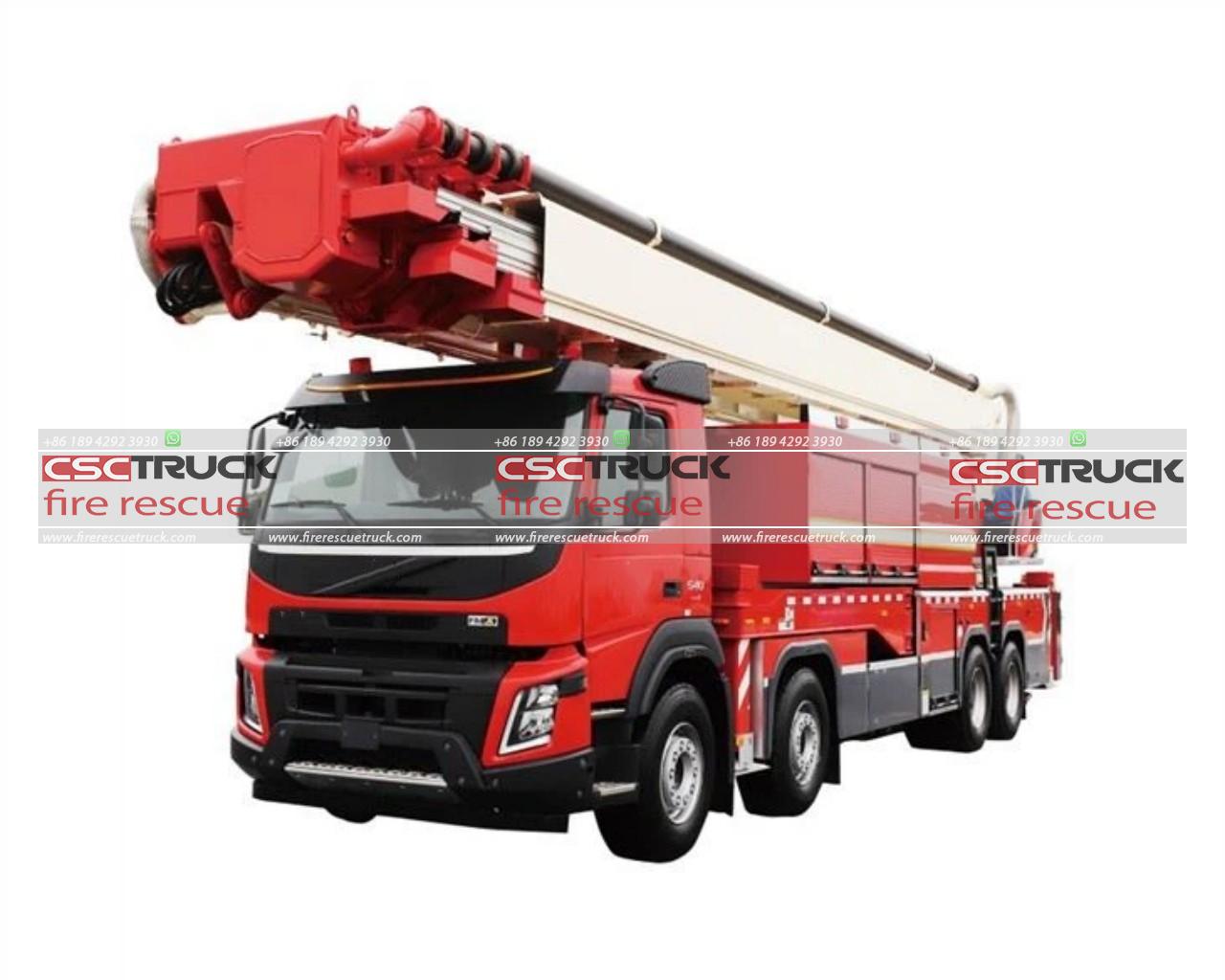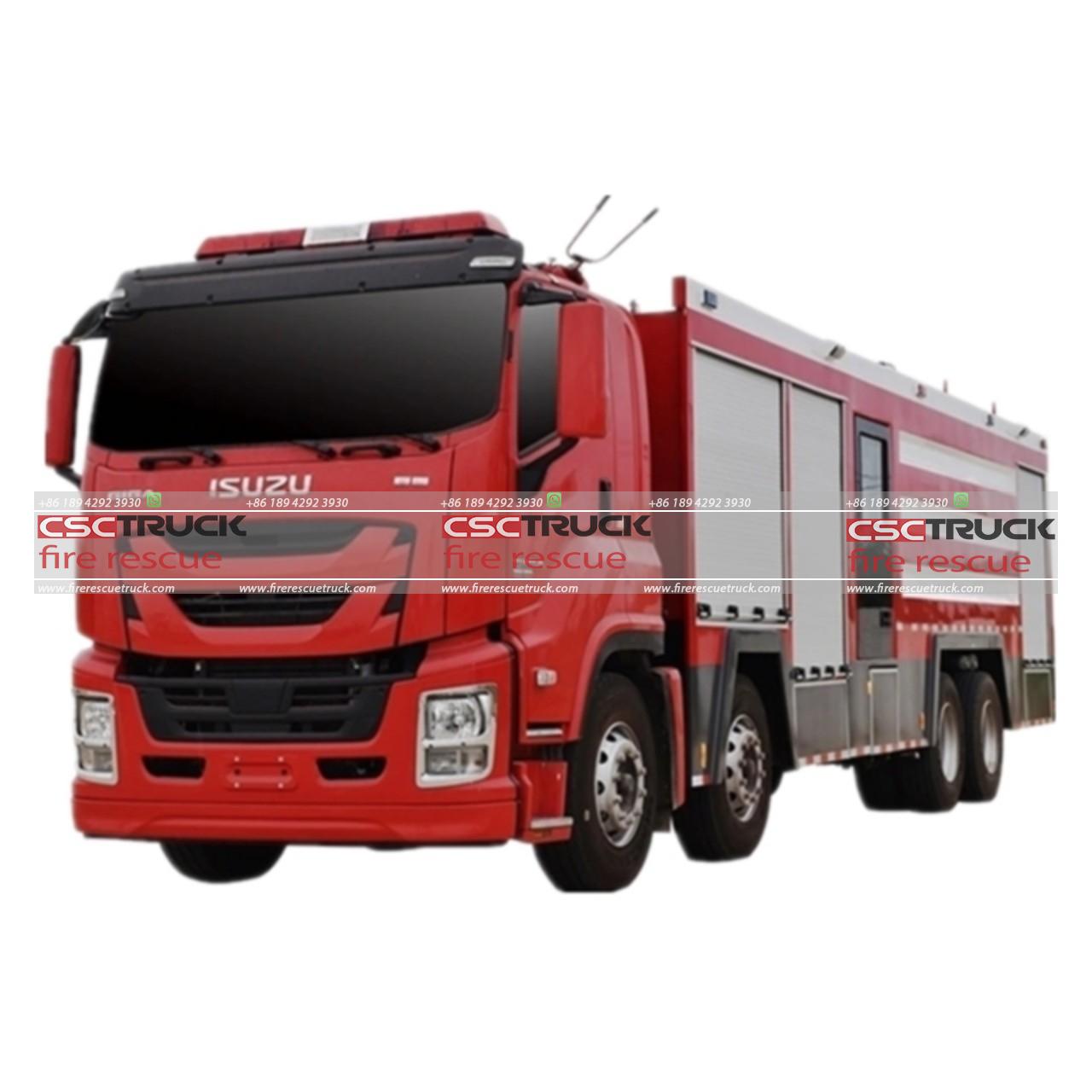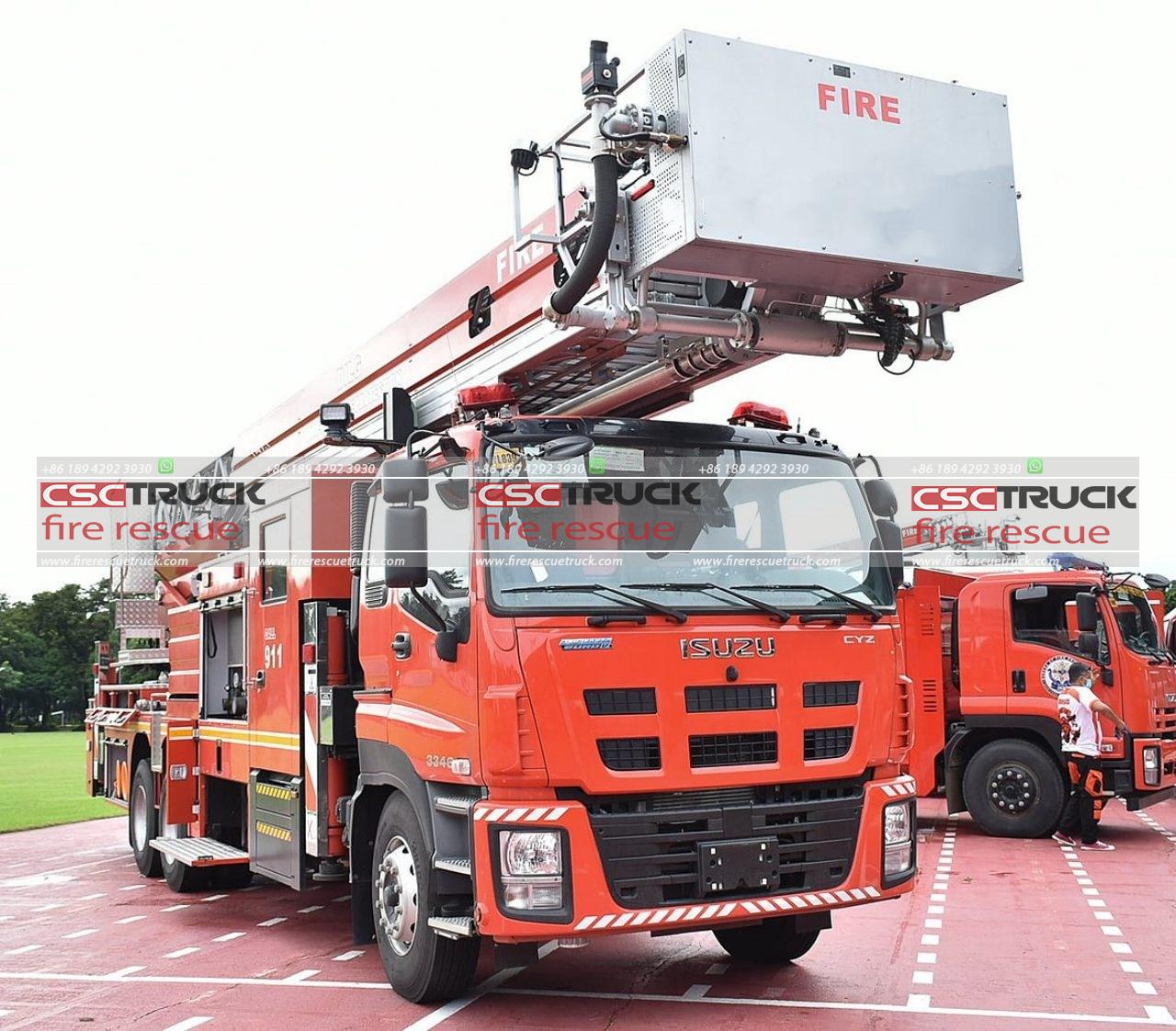Fire trucks are iconic vehicles often associated with emergency response and firefighting efforts. They are designed to combat fires, rescue people, and provide essential support during emergencies. While commonly referred to as “fire trucks,” these vehicles have various names depending on their specific functions and features. In this article, we delve into the proper name for a fire truck, exploring its origins, evolution, and significance in firefighting operations.

Origins of Fire Trucks:
The history of fire trucks dates back centuries, evolving from rudimentary firefighting methods to the sophisticated vehicles we see today. Early firefighting efforts relied on hand-operated pumps, buckets, and community involvement to extinguish fires. As cities grew and fire hazards increased, the need for more advanced firefighting equipment became apparent.
The term “fire truck” itself has its origins in the early 20th century when motorized vehicles began replacing horse-drawn fire engines. These motorized vehicles were equipped with pumps, hoses, and water tanks, revolutionizing firefighting techniques. However, as technology advanced and fire departments adopted specialized vehicles for different tasks, the terminology evolved to encompass more specific designations.

Proper Name for a Fire Truck:
While “fire truck” is a widely recognized term, the proper name for these vehicles can vary based on their primary functions and features. One of the most common names used is “fire apparatus.” This term encompasses a broad range of vehicles and equipment used by fire departments, including engines, ladder trucks, rescue vehicles, and specialized units.
Each type of fire apparatus serves a distinct purpose in firefighting operations. Engine companies, also known as pumpers, carry water and firefighting equipment to the scene of a fire. Ladder trucks, equipped with aerial ladders or platforms, are used for rescue and ventilation purposes. Rescue vehicles are specially designed to respond to various emergencies, such as vehicle extrications, hazardous materials incidents, and technical rescues.
In addition to these primary categories, fire departments may have specialized units tailored to specific tasks, such as hazardous materials response, urban search and rescue, or wildland firefighting. Each of these units has a designated name reflecting its intended purpose and capabilities.

Evolution of Fire Apparatus:
The design and functionality of fire apparatus have evolved significantly over the years to meet the changing demands of firefighting and rescue operations. Early fire trucks were basic in their construction, often consisting of a chassis mounted with a water tank, pump, and hoses. As technology advanced, fire departments began incorporating innovations such as enclosed cabs, aerial devices, and specialized equipment storage compartments.
One notable development in the evolution of fire apparatus is the transition from conventional engines to alternative fuel vehicles. With growing concerns about environmental sustainability and energy efficiency, many fire departments have started replacing traditional diesel-powered engines with hybrid or electric propulsion systems. These eco-friendly vehicles reduce emissions and operating costs while maintaining the performance and reliability required for emergency response.
Another significant trend in fire apparatus design is the integration of advanced technology and safety features. Modern fire trucks are equipped with state-of-the-art equipment, such as thermal imaging cameras, GPS navigation systems, and integrated communication networks. These technologies enhance situational awareness, improve response times, and ensure the safety of firefighters and the public.

Significance of Proper Terminology:
The proper terminology for fire trucks and other firefighting apparatus is more than just semantics; it reflects the specialized nature of these vehicles and their essential role in public safety. Using accurate terminology helps facilitate clear communication among emergency responders and ensures efficient coordination during emergency incidents.
Furthermore, understanding the proper names and classifications of fire apparatus is crucial for training, equipment maintenance, and resource allocation within fire departments. Firefighters must be familiar with the capabilities and limitations of different types of apparatus to effectively utilize them in various firefighting scenarios.
Conclusion:
In conclusion, while “fire truck” is a commonly used term, the proper name for these vehicles is “fire apparatus,” which encompasses a diverse range of specialized vehicles and equipment used by fire departments worldwide. Understanding the terminology and classifications of fire apparatus is essential for effective firefighting operations and ensuring public safety. As technology continues to advance, the evolution of fire apparatus will undoubtedly continue, further enhancing their capabilities and resilience in combating emergencies.







